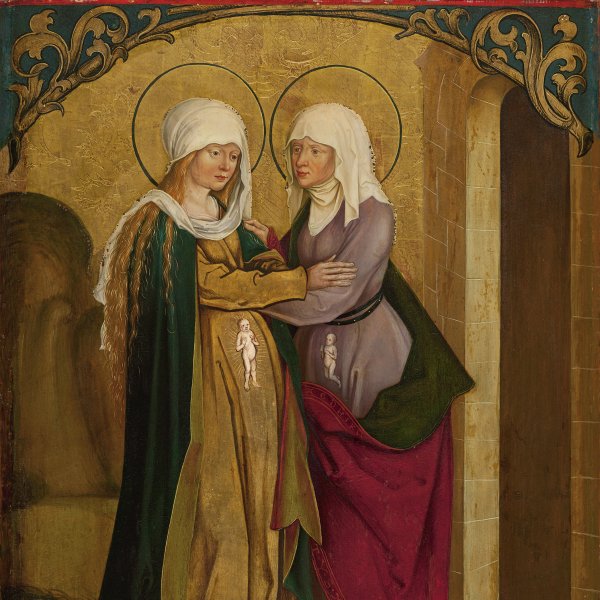Jakob and/or Hans Strüb
Active in Veringenstadt in the early 16th century
The Strüb family is documented in Veringenstadt near Sigmaringen in Swabia from 1360 onwards. Peter Strüb the Elder, father of Jakob and Hans, was a painter, and it would seem likely that the two brothers trained in the family workshop, which they took over following their father’s death. The first document relating to their activities dates from 1505 and mentions both men as independent masters and the creators of an altarpiece for the church in the Augustinian monastery at Inzigkofen, which was dismantled in the mid-18th century and divided into fourteen separate panels. Most of them are now in the Fürstliche Hohenzollernsche Galerie in the castle at Sigmaringen and were for many years attributed to the Master of Sigmaringen. In 1913 Hebeisen first associated this artist with the Strüb brothers, a hypothesis supported in Ingenhoff ’s monograph of 1962 in which the panels are individually attributed to the two brothers. Ingenhoff distinguished two different styles in the panels; a more conservative one that he attributed to Jakob the elder brother, and a more energetic and vigorous one that he associated with Hans. In all cases the fourteen panels reveal the influence of Bartholomäus Zeitblom, active in Ulm, and Bernhard Strigel, who worked in Memmingen.
It would seem that the Strüb brothers specialised in large-format, carved wooden altarpieces although none have survived in their original form. It is thought that they were also responsible for designs for sculptures, which they may also have executed themselves. The third brother, Pieter, who was much younger than Jakob and Hans, has recently been identified as the Master of Messkirch.
It would seem that the Strüb brothers specialised in large-format, carved wooden altarpieces although none have survived in their original form. It is thought that they were also responsible for designs for sculptures, which they may also have executed themselves. The third brother, Pieter, who was much younger than Jakob and Hans, has recently been identified as the Master of Messkirch.





